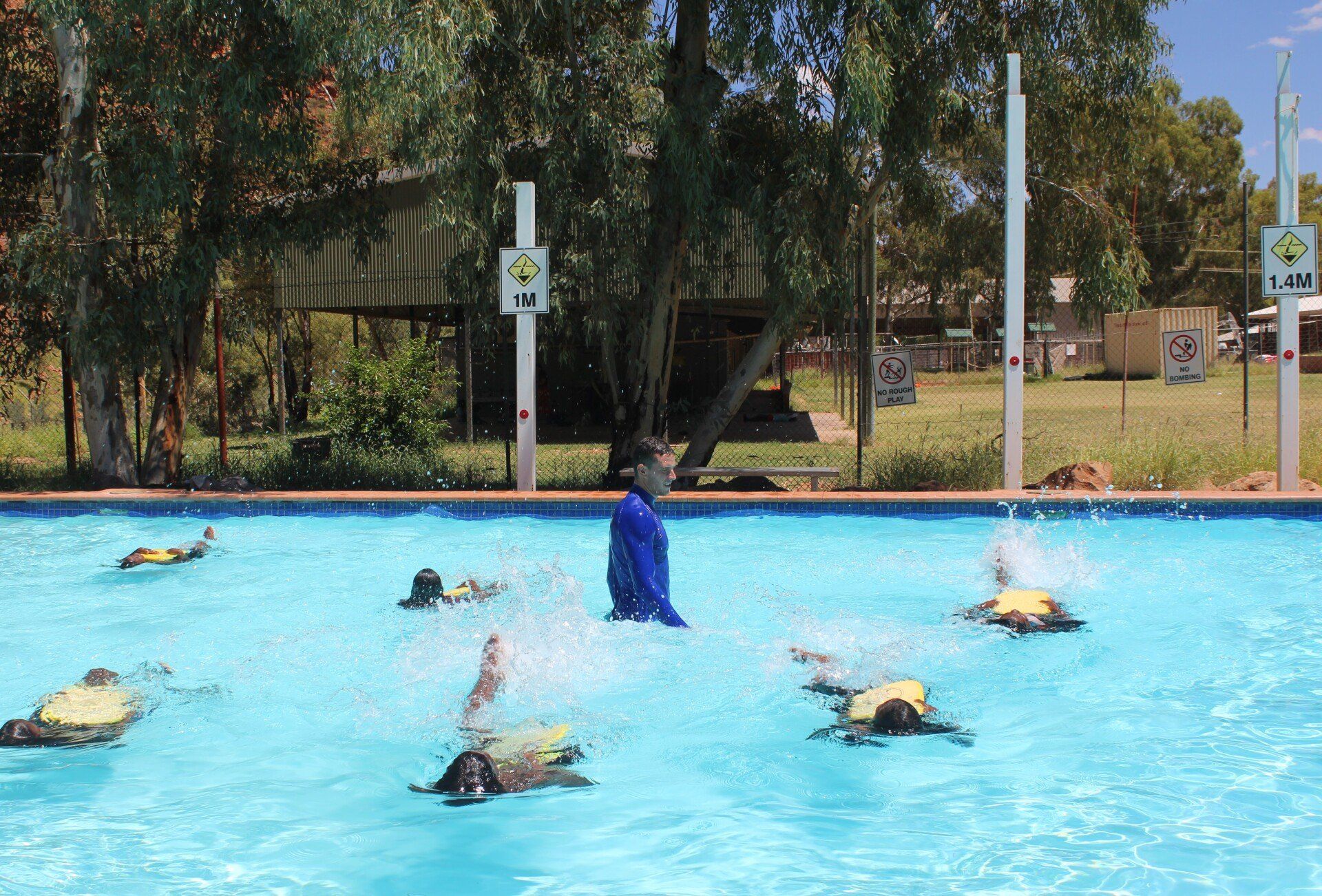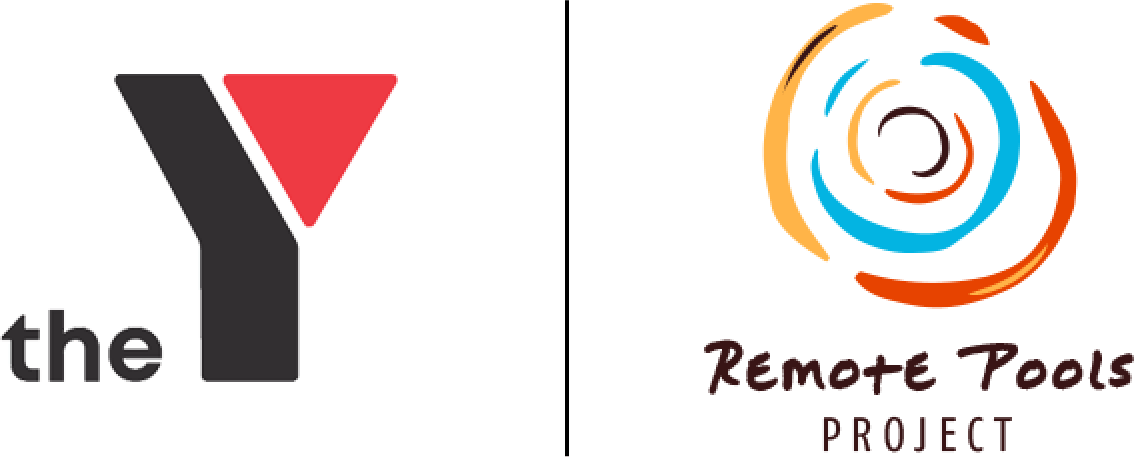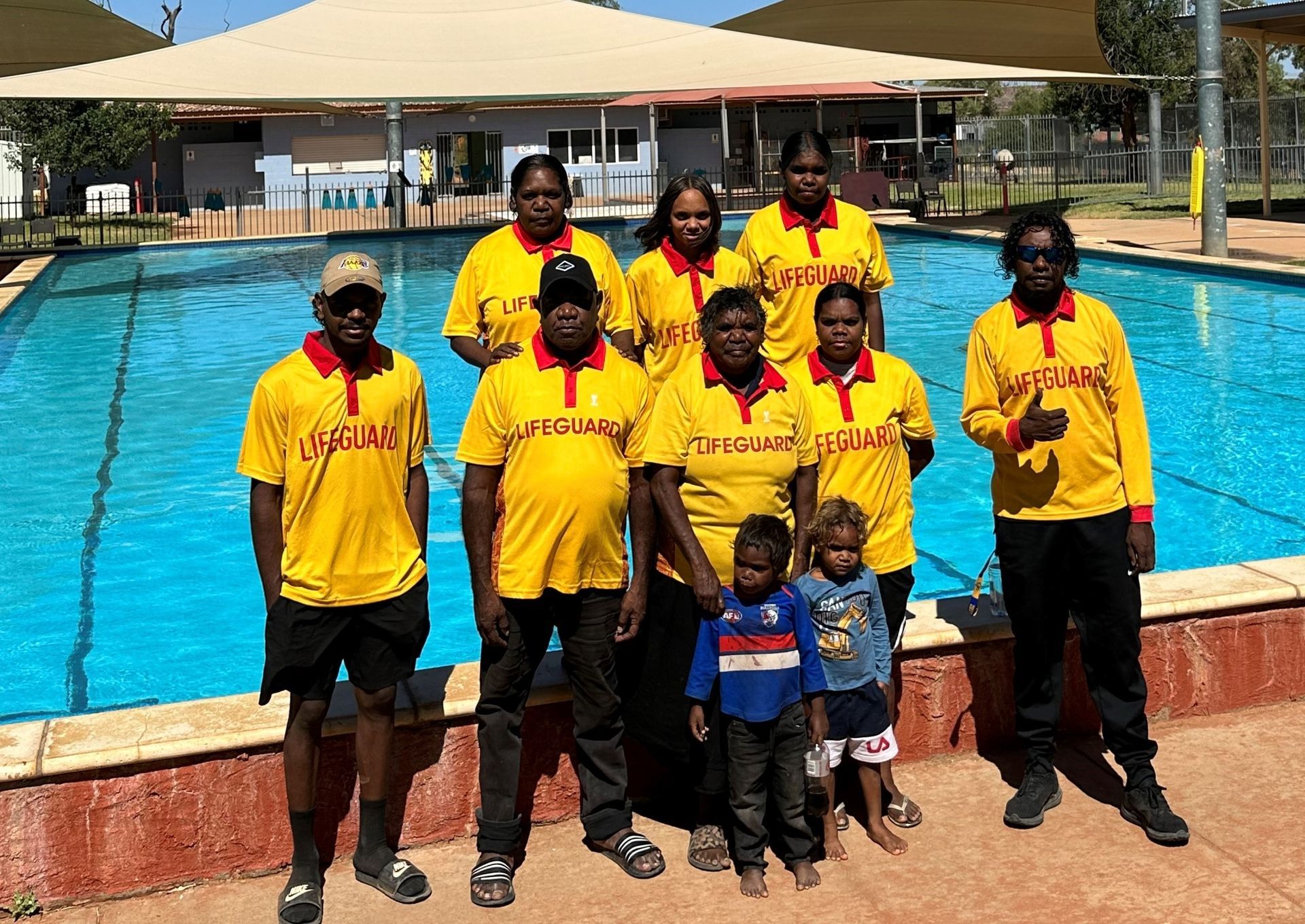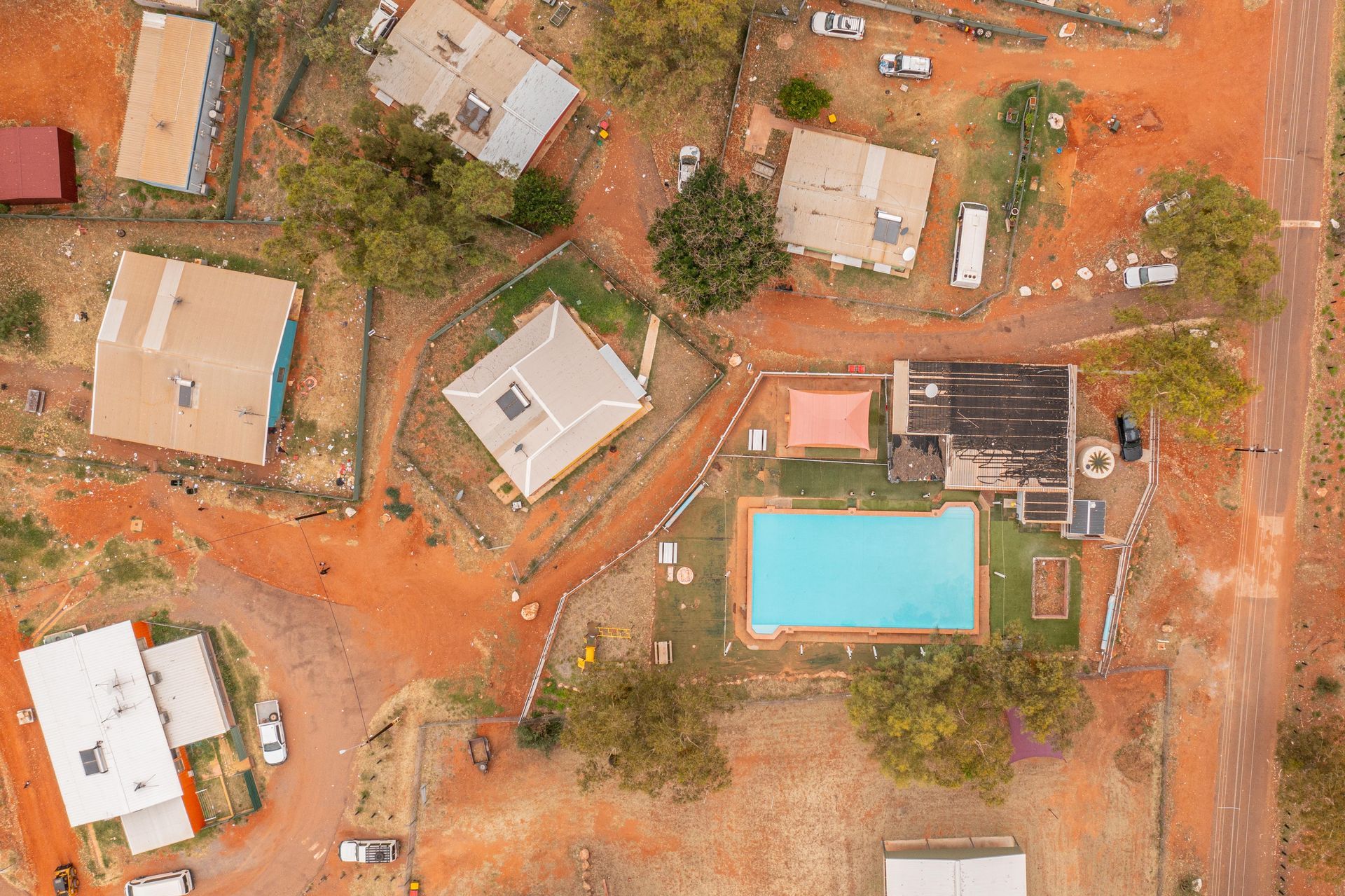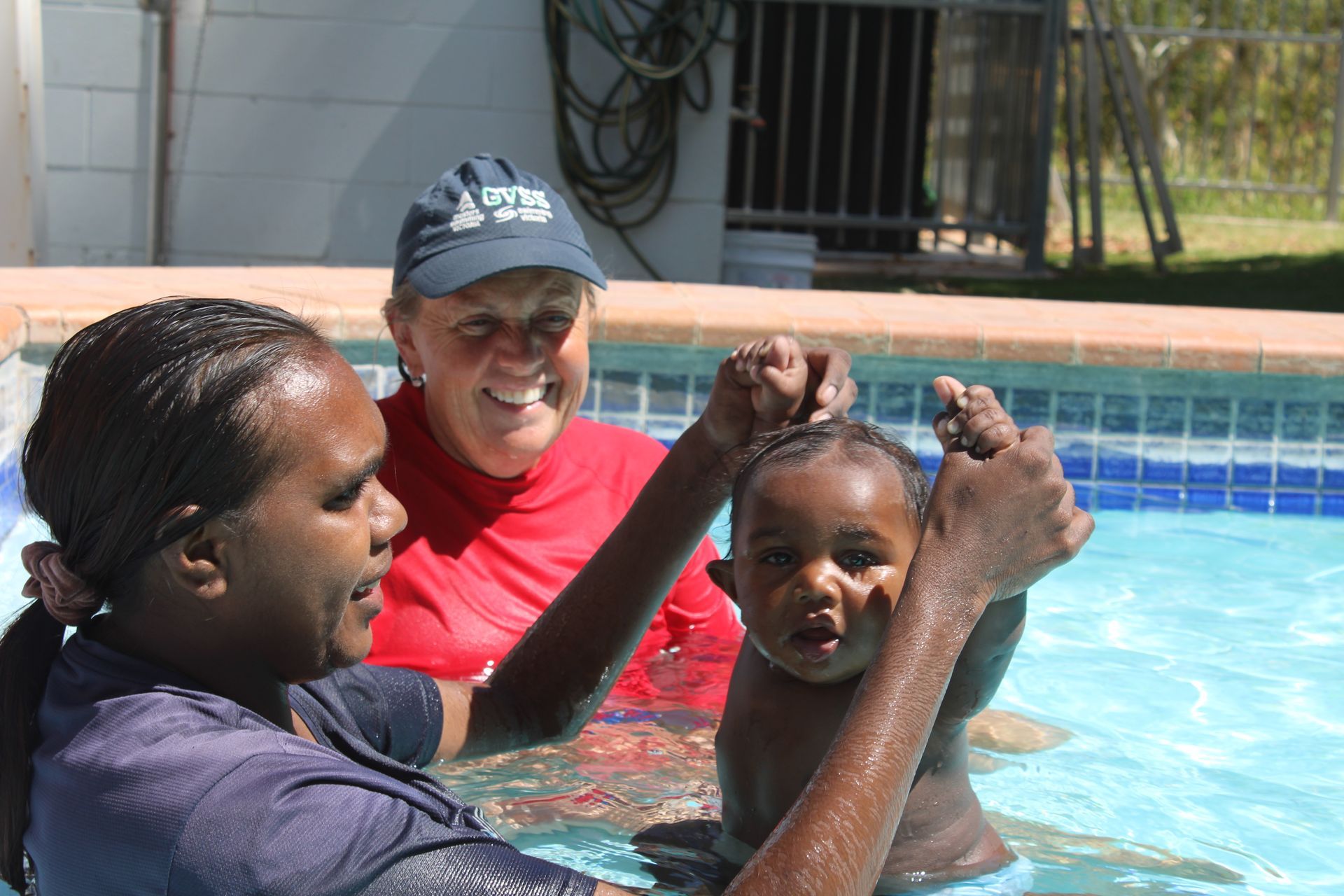Significance of swimming pools in First Nations communities in remote Australia
Swimming pools in remote Indigenous communities in Australia are struggling to stay operational. This negatively impacts First Nations children and families who miss out on opportunities to learn to swim, to develop water safety skills and to enjoy swimming as a recreation.
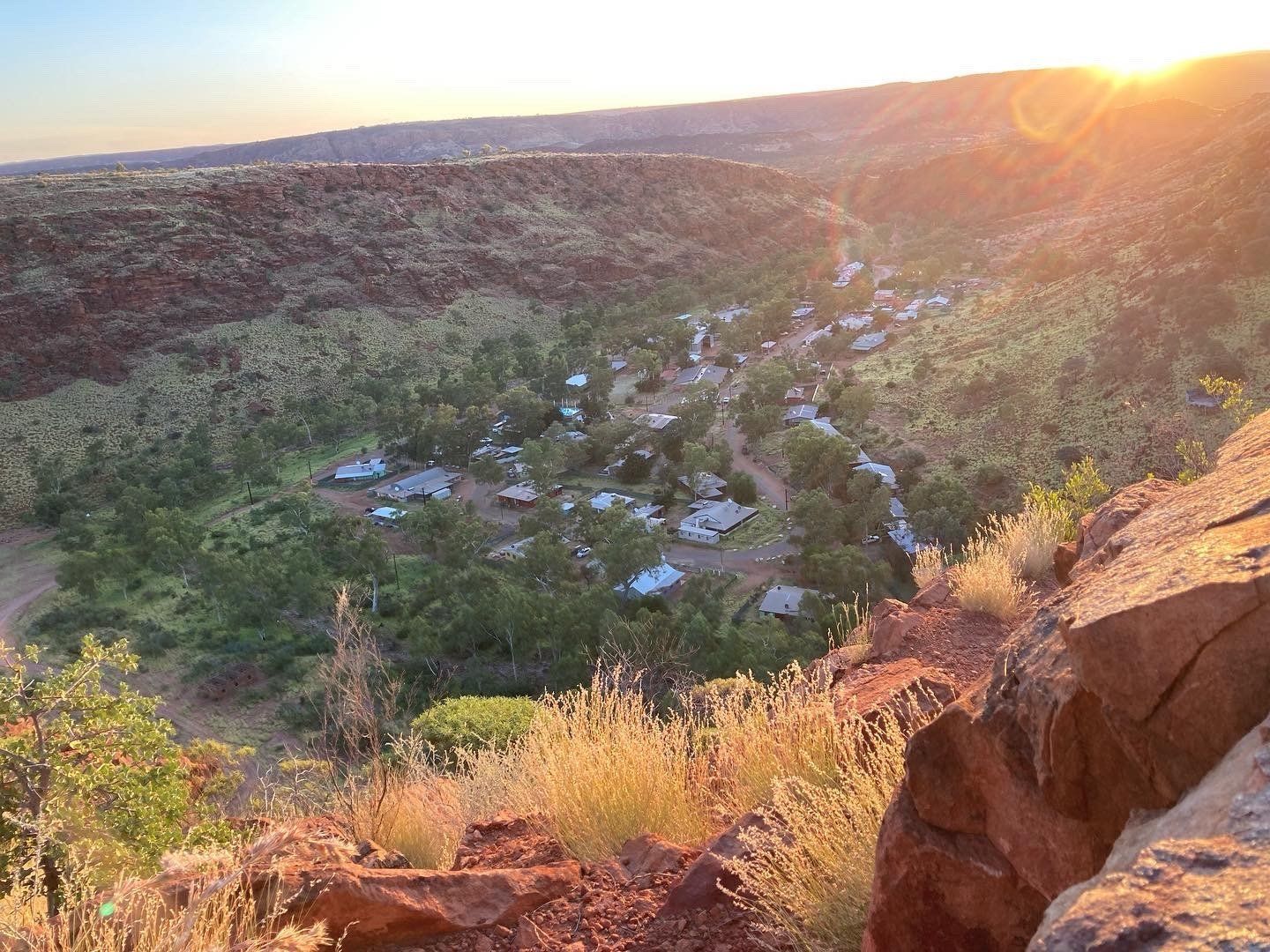
Drowning rates and other challenges
The 2020 RLSSA report on Drowning Deaths Among Aboriginal and Torres Strait Islander People, reveals that Aboriginal and Torres Strait Islander school-aged children (aged 5-14yrs) are 2.9 times more likely to drown than non-Aboriginal children.
Swimming pools in remote communities serve a purpose to also reduce high rates of skin infections (pyoderma) in children, with prevalence as high as 70% which are amongst the highest in the world. Pyoderma is generally the result of group A streptococcal infections and has been associated with rheumatic heart disease and glomerulonephritis.
Benefits of swimming pools
The Remote Pools Project aims to keep swimming pools open in remote Indigenous communities by working with community to help reduce these issues and improve overall health and wellbeing.
More pools open and delivery of more water safety education will help to reduce poor drowning rates, improve short and long term health and increase employment opportunities for local people, which has important consequences for social and emotional wellbeing and living standards. The Remote Pools Project is community driven, ensuring that the project serves the specific needs and wants of community and operates alongside culture.
